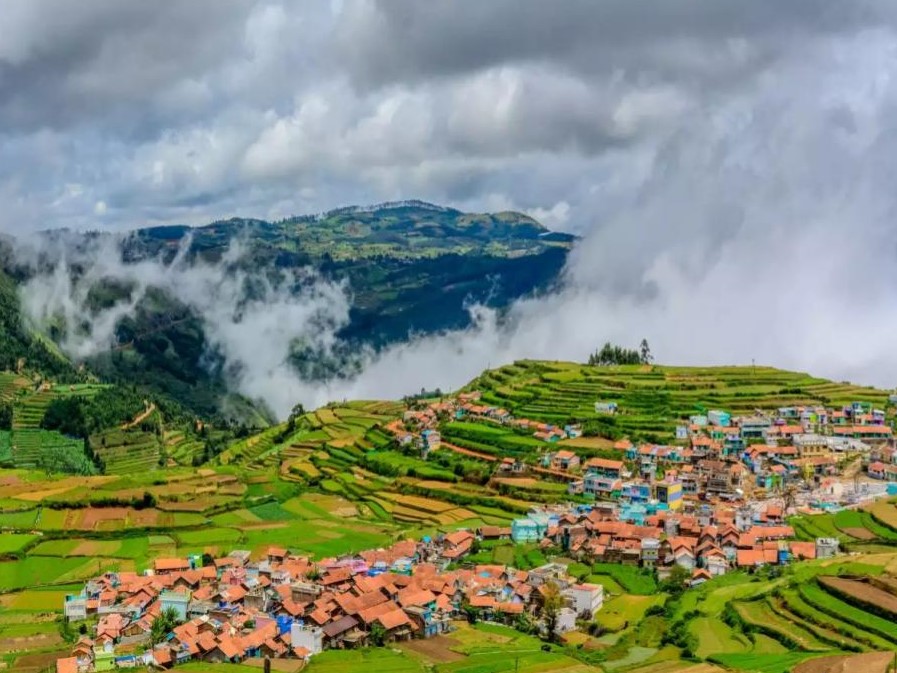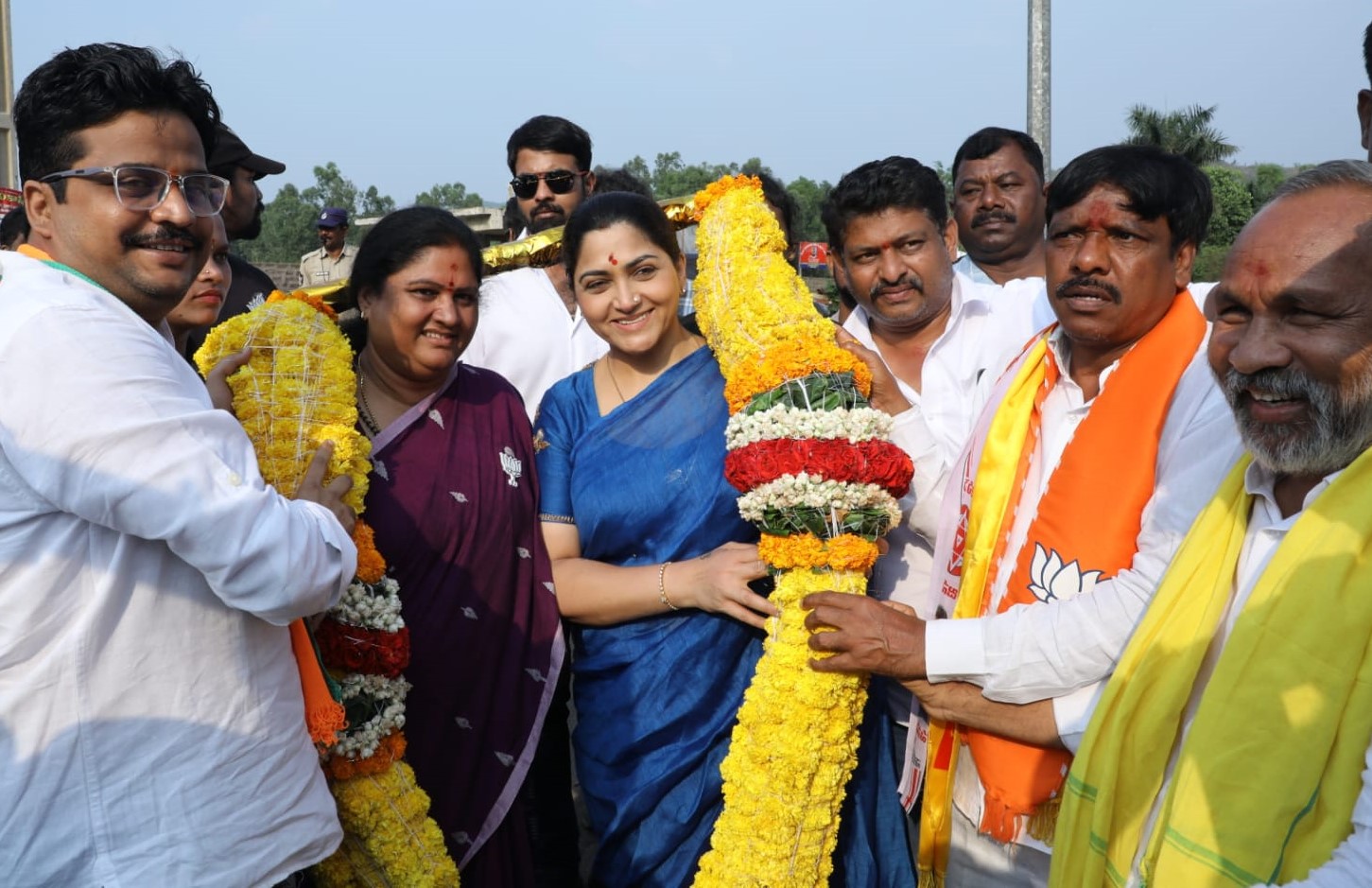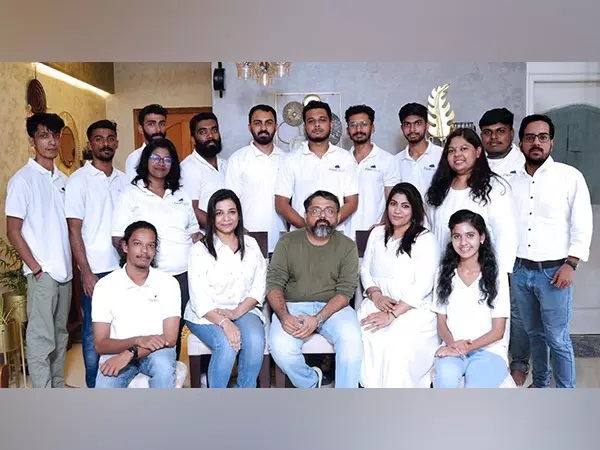On the orders of Madras High Court, the Tamil Nadu government on Monday introduced an e-pass system to permit vehicles carrying tourists to Nilgiris and Kodaikanal from May 7 to June 30.
The e-pass will have a QR code which will be scanned by officials at the check-post before permitting the entry.
Nilgiris district collector M. Aruna said, “We have collaborated with the Tamil Nadu e-Governance Agency (TNeGA) and created a software wherein the people can apply online to enter Nilgiris. All they have to do is they have to give some basic details like their name, address, the number of days they are going to stay in Nilgiris, the location where they are going to stay and the vehicle name, type, etc that is available on the website.”
An e-Pass will be generated online instantaneously. The ePass will have a QR code which will be scanned by government staff at the check-post. There is no restriction on number of vehicles or number of tourists. The local residents are exempted them from the e-passes, the collector added.
The Nilgiris, because of its natural charm and pleasant climate, was a place of special attraction for the Europeans. In 1818, Whish and Kindersley, who were assistants to the Collector of Coimbatore, discovered the place Kotagiri near Rengaswamy Peak. John Sullivan, the then Collector of Coimbatore was greatly interested in this part of the country. He established his residence there and reported to the Board of Revenue on July 31, 1819.
The name ‘Nilgiris’ means blue hills (Neelam – Blue and giri – hill or mountain) the first mention of this name has been found in the Silappadikaram. There is a belief that the people living in the plains at the foot of the hills should have been given the name, the Nilgiris, because of the violet blossoms of ‘kurinji’ flower enveloping the hill ranges periodically. The earliest reference to the political history of the Nilgiris, according to W. Francis relates to the Ganga Dynasty of Mysore.
Immediately after the Nilgiris was ceded to the British in 1789, it became a part of the Coimbatore district. In August 1868 the Nilgiris was separated from the Coimbatore district. James Wilkinson Breeks took over the administration of the Nilgiris as its Commissioner.
In February 1882, the Nilgiris was made a district and a Collector was appointed in the place of the Commissioner. On February 1, 1882, Richard Wellesley Barlow who was the then Commissioner became the first Collector of Nilgiris.
The order was initially issued by a division bench of the Madras High Court to regulate the entry of vehicles to the hill stations like Ooty in the Nilgiris and Kodaikanal, given the large influx of tourists these areas see during peak seasons. The rule is valid from May 6 to June 30, 2024.
However, the e-passes don’t serve as a restriction on entry — there is no limit on the number of e-passes to be issued. This is only a way for the government to gather data on the number of vehicles entering the hill stations, the number of people in the vehicles and the number of days tourists plan to stay in the hill stations. The information is to be used to make appropriate infrastructural changes in Ooty and Kodaikanal in the future, according to officials.
Who requires an e-pass?
E-passes are mandatory for all tourists driving into the hills of the Nilgiris, including Ooty, and Kodaikanal this summer. Local residents and tourists entering these areas via government buses do not require an e-pass.
How to apply for an e-pass for Ooty or Kodaikanal?
Tourists planning to travel to Kodaikanal or Ooty between May 6 and June 30 can apply for an e-pass on the official website epass.tnega.org. You will need to submit details like the number of passengers, vehicle and fuel type, date of entry and exit, purpose of visit and address. The e-pass you receive will feature a QR code that will be checked at entry points in Kodaikanal and Ooty.




